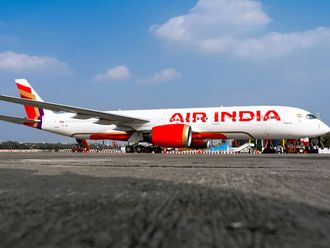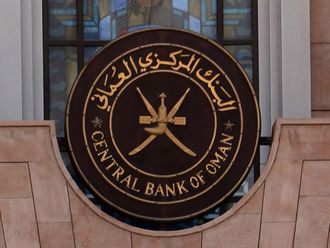Dubai: Global remittance flows to developing nations are estimated to grow eight per cent to $351 billion (Dh1.28 trillion) in 2011, compared to over $325 billion in 2010, World Bank said in its latest report issued on Thursday.
India remained the recipient of inward remittances with $58 billion, closely followed by China with $57 billion, Mexico with $24 billion and the Philippines having remitted $23 billion. Other large recipients include Pakistan, Bangladesh, Nigeria, Vietnam, Egypt and Lebanon.
China, India
World Bank data shows China is fast catching up with India which is still retaining the top destination of remittance.
Sudhir Kumar Shetty, Chief Operating Officer of UAE Exchange Centre, said, “A large number of Chinese expatriates are spreading out in various parts of the world – along with Chinese investment across the world.
“However, a weakening of Indian Rupee and more domestic investment opportunities and a higher return on investment be it stocks, bond or mutual funds will continue to boost remittances to India.
Neck-and-neck situation
“However, I see a neck-and-neck situation or China overtaking India in the near future. It all depends on how these factors change in the next few years.”
Worldwide recorded remittance flows, including flows to high-income countries, are estimated to have reached $406 billion in 2011.
For the first time since the global financial crisis, remittance flows to all six developing regions rose in 2011, World Bank said.
“Growth of remittances in 2011 exceeded our earlier expectations in four regions, especially in Europe and Central Asia (due to higher outward flows from Russia that benefited from high oil prices) and Sub-Saharan Africa (due to strong south-south flows and weaker currencies in some countries that attracted larger remittances),” the World Bank report said.
Remittance flows to four of the six World Bank-designated developing regions grew faster than expected - by 11 per cent to Eastern Europe and Central Asia, 10.1 per cent to South Asia, 7.6 per cent to East Asia and Pacific and 7.4 per cent to Sub-Saharan Africa, despite the difficult economic conditions in Europe and other destinations of African migrants.
“Despite the global economic crisis that has impacted private capital flows, remittance flows to developing countries have remained resilient, posting an estimated growth of 8 per cent in 2011,” said Hans Timmer, Director of the Bank’s Development Prospects Group.
“Remittance flows to all developing regions have grown this year, for the first time since the financial crisis.”












